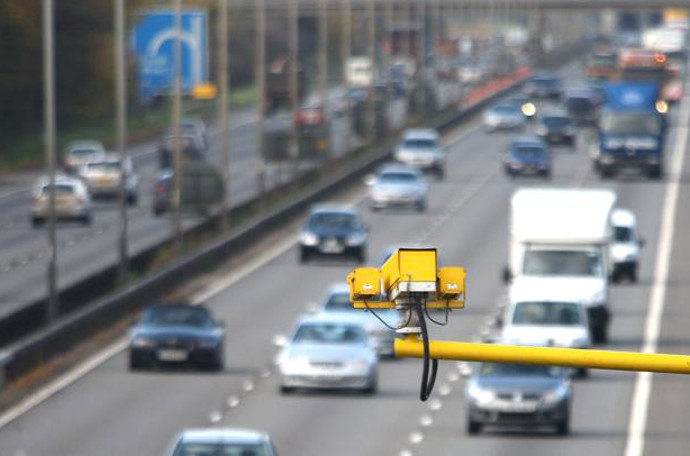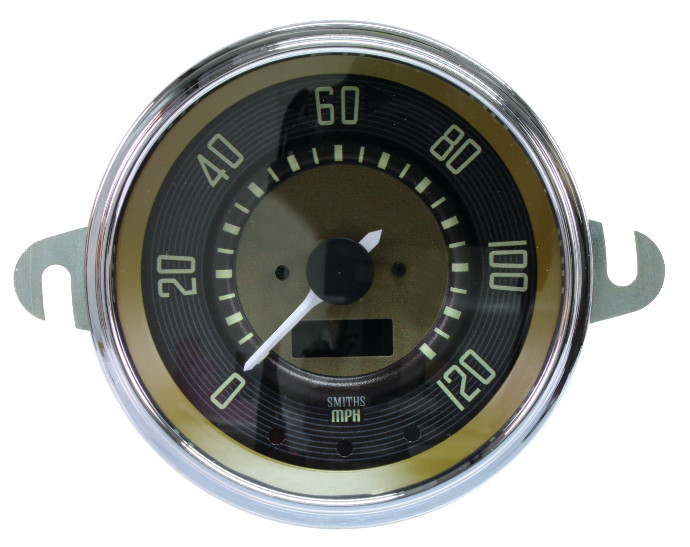There’s always been a tiny bit of leeway as to the speed that you can travel above the actual speed limit. It wasn’t much, but it acted as a buffer, allowing a small amount of discretion to be applied by the boys in blue to account for inaccuracies in the measuring equipment and sketchy speedos. Now, however, that small cushion is about to disappear, a move which could affect lots of us classic Dub owners…
We’ve all grown up to believe that a small ‘margin or error’ was allowed before being landed with a fine and given points on our license. And indeed, to account for inaccurate speedometer readings police generally overlook anyone driving below a level of the limit plus 10% plus 2mph. That equates to 35mph in a 30 zone and 79mph on the motorway.

Now, though, police chiefs say that the plethora of new technologies fitted to vehicles which provide a more accurate speed reading, along with the use of accurate average speed monitoring on some sections of road, means the traditional margin for error is no longer appropriate. As a spokesman for the National Police Chief’s Council put it: “If you are over the limit, you are breaking the law and technology makes it easier to pinpoint exact speeds.”

It turns out that in Scotland, the previous discretionary allowance has already been scrapped, which means that drivers there could face a warning for travelling at as little as 1mph over the posted speed limit. Drivers who are caught a second time will face a fine of £100 and three points on their license. The new rules, which could be enforced as early as next year elsewhere in the UK, was included in a Home Office statement and is bound to create a huge backlash. Not least because motoring organisations are concerned that people will now spend more time looking at their speedometer than they do on the road ahead.
Of course the worry comes with owners of classics, where flakey speedo readings are to be expected. I once owned a Beetle with a worn speedo drive which caused the speedo needle to ‘flutter’ which meant there was always scope for interpretation. Not only that, but owners of classic Dubs that fit different tyres to the factory specified rubber could also fall foul of the law; go fractionally bigger in diameter and the higher rolling circumference will make your speedo read lower than it should.

Whatever new rulings are imposed, we’re hoping that if you’re travelling in an old car, the police might retain a degree of discretion. As a precaution, the safest bet is to travel just below the speed limit to avoid the risk of having your collar felt. If you’re worried about the accuracy of your old speedometer, it would also make sense investing in a new OE-look Smiths digital speedo, easily calibrated to any wheel size; you can see the full range here.
Ian
The opinions expressed here are the personal opinions of the author and do not necessarily represent the views and opinions of VW Heritage.

